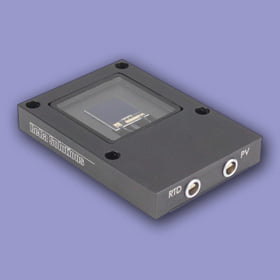[Technical Column #04] What is a Fuel Cell?
Generating electricity with oxygen and hydrogen! Introduction to the basic structure, applications, and plating processes.
Fuel cell cells are essential for generating electricity through the chemical reaction of oxygen and hydrogen. In this column, we will thoroughly explain the structure of the cells and the principles behind electricity generation. We will also introduce why the development of fuel cells is being advanced for general use, along with their applications. [Content Overview (Excerpt)] - Fuel cell cells are the basic units of composition - A thorough explanation of the structure of cells that generate electricity using oxygen and hydrogen - Structure of the cells - Principles of electricity generation *For detailed content of the column, you can view it through the related links. Please feel free to contact us for more information.
- Company:EBINAX 旧 ヱビナ電化工業(株)
- Price:Other
![[Technical Column #04] What is a Fuel Cell?](https://image.mono.ipros.com/public/product/image/3b5/2000999111/IPROS28832468125756662301.png?w=280&h=280)


![[Research Material] The Global Market for Organic Photovoltaics (OPV)](https://image.mono.ipros.com/public/product/image/c02/2001459958/IPROS75267050977964750337.jpeg?w=280&h=280)
